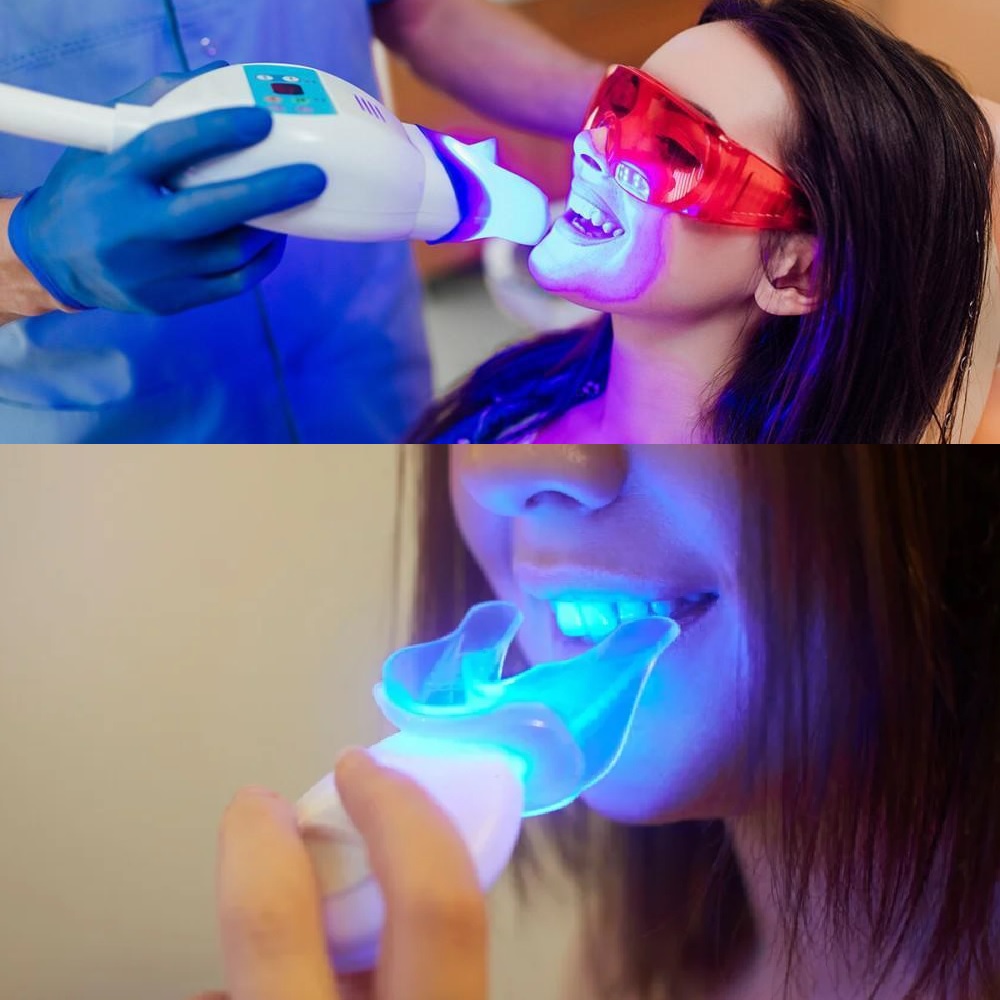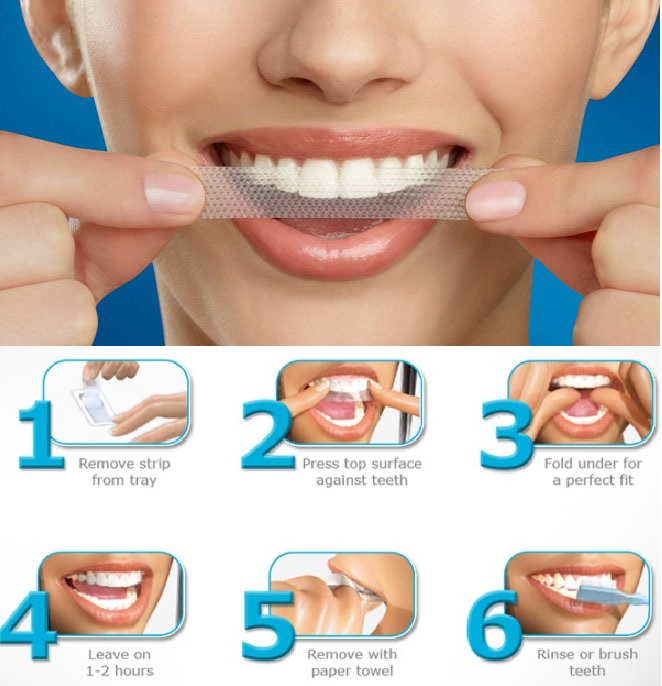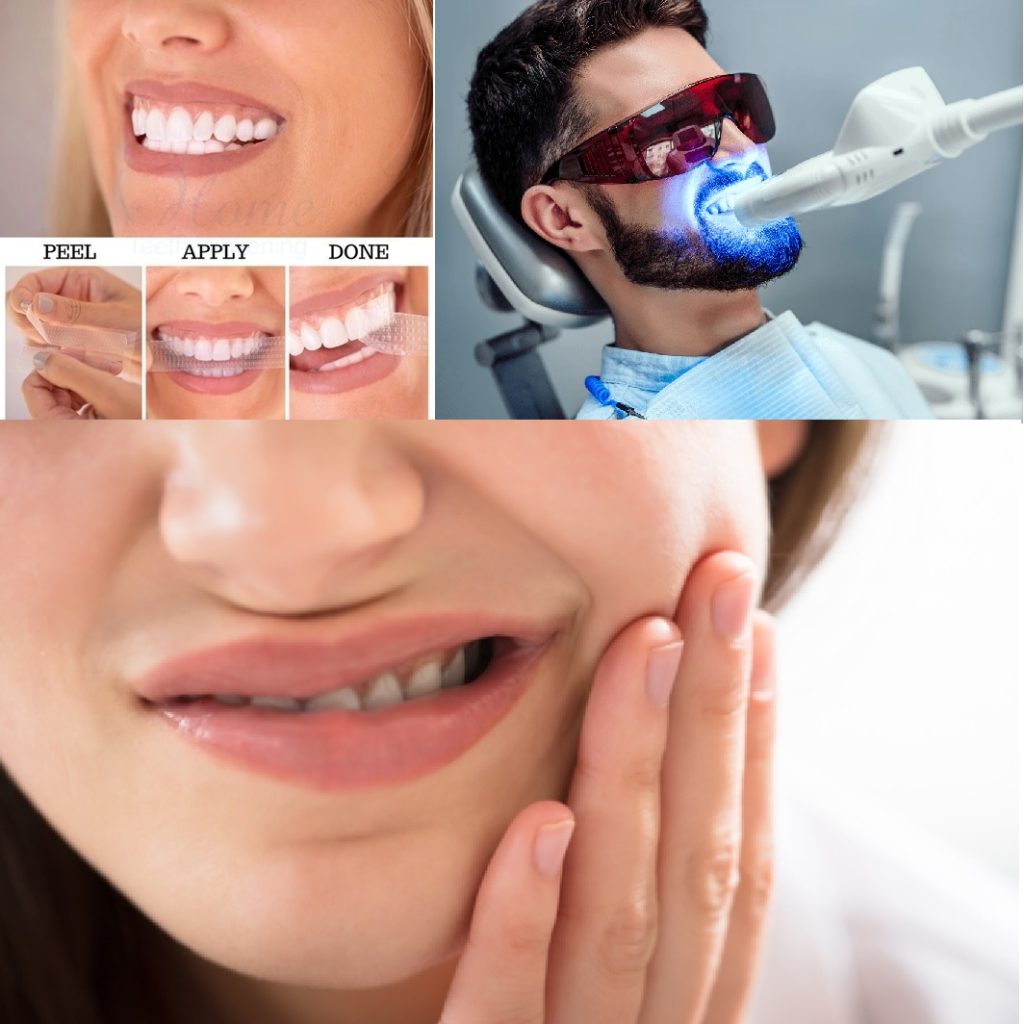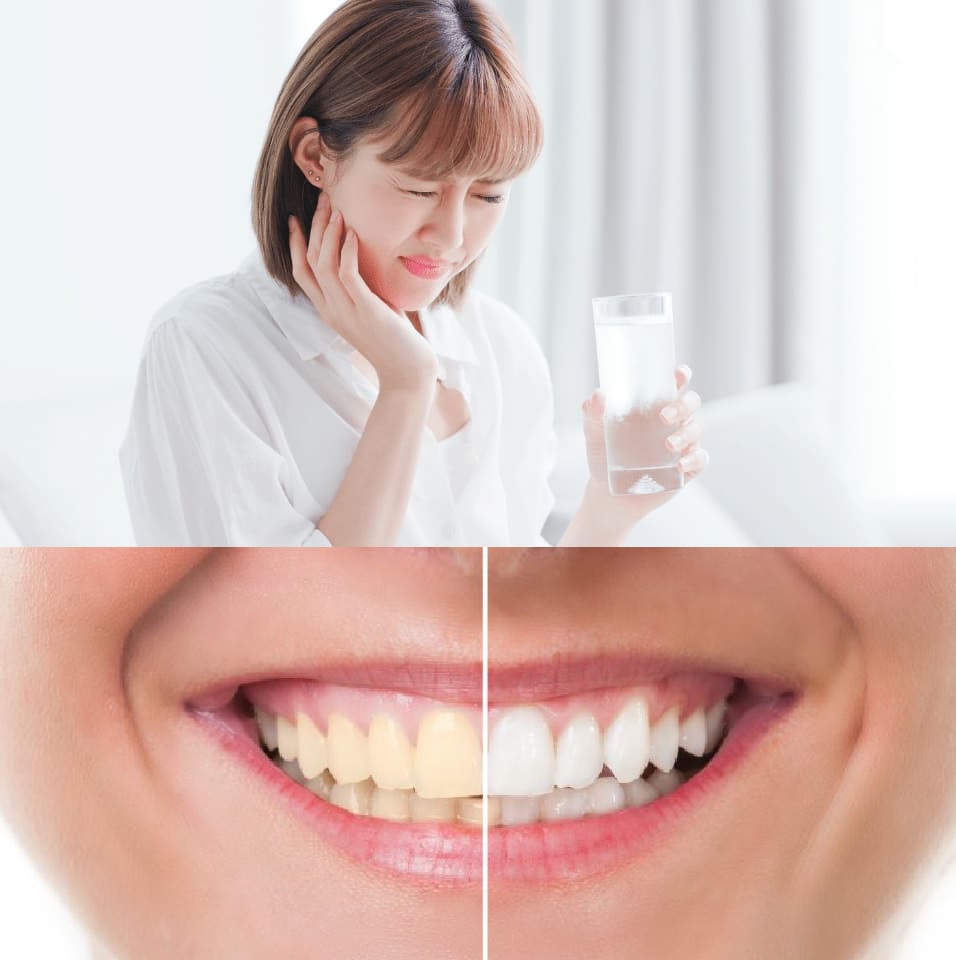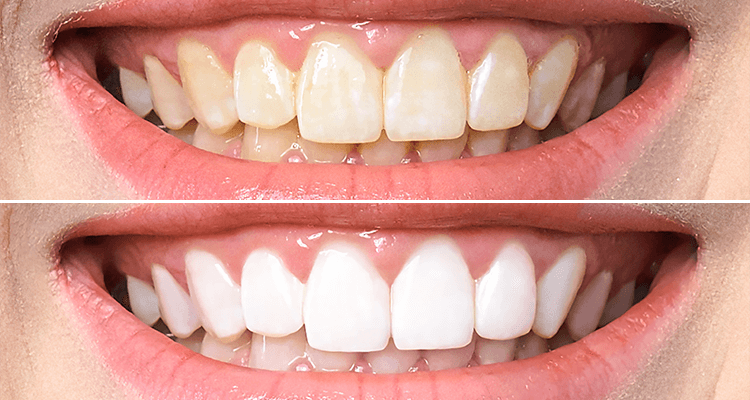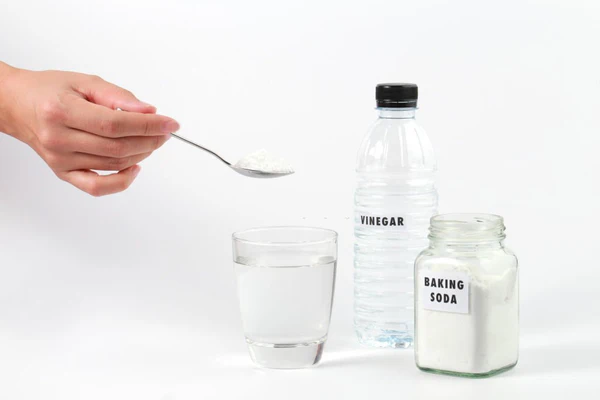Is Baking Soda and Peroxide Good for Your Teeth? Exploring the Benefits and Risks

The combination of baking soda and peroxide is a popular home remedy for teeth whitening and oral health. This mixture is widely used due to its ability to remove stains, fight bacteria, and freshen breath. However, while both ingredients are commonly found in commercial dental products, their use at home raises questions about safety and effectiveness.
In this subpage, we’ll explore the potential benefits, risks, and best practices for using baking soda and peroxide on your teeth to help you make an informed decision.
Why Use Baking Soda and Peroxide for Teeth?
Both baking soda and hydrogen peroxide are known for their individual benefits in oral care. Baking soda, or sodium bicarbonate, is mildly abrasive and helps remove surface stains from the teeth, while hydrogen peroxide is an antiseptic with bleaching properties that can kill bacteria and whiten teeth.
When combined, these two ingredients create a powerful teeth-cleaning solution that is both cost-effective and easily accessible. However, proper use is key to ensuring safety and avoiding potential harm.
Key Benefits of Baking Soda and Peroxide for Teeth:
- Teeth Whitening Hydrogen peroxide is the active ingredient in many commercial teeth-whitening products, known for its ability to break down stains and lighten enamel. Baking soda enhances this effect by gently scrubbing away surface stains. Together, they offer a dual-action approach to whitening, helping to brighten your smile over time.
- Removes Plaque and Tartar Baking soda neutralizes acids in the mouth, which helps prevent the formation of plaque—a sticky film of bacteria that can harden into tartar. Peroxide’s antibacterial properties also aid in keeping your teeth and gums free from harmful bacteria.
- Fights Gum Disease The antibacterial properties of hydrogen peroxide make it effective at reducing harmful oral bacteria that cause gum inflammation and disease. When used occasionally, the mixture can help promote healthier gums.
- Freshens Breath Hydrogen peroxide kills odor-causing bacteria, while baking soda neutralizes odors. Together, they can help freshen breath and keep your mouth feeling clean.
- Affordable and Accessible Both baking soda and hydrogen peroxide are inexpensive and readily available at most grocery or drug stores, making this an attractive option for those looking for a cost-effective alternative to professional teeth-whitening treatments.
How to Use Baking Soda and Peroxide for Teeth
If you’re considering using baking soda and peroxide for teeth, it’s important to use them properly to avoid damaging your enamel and gums.
Ingredients:
- 1 tsp baking soda
- 1-2 tsp hydrogen peroxide (3% concentration)
Instructions:
- In a small bowl, mix the baking soda and hydrogen peroxide to form a paste. If the mixture is too runny, add a little more baking soda to thicken it.
- Dip your toothbrush into the paste and gently brush your teeth for 1-2 minutes.
- Spit out the mixture and rinse your mouth thoroughly with water.
- Follow up by brushing with your regular fluoride toothpaste to strengthen your enamel and protect against cavities.
Frequency:
Limit the use of this mixture to 1-2 times per week. Using it more frequently can lead to enamel erosion or gum irritation due to the abrasiveness of baking soda and the strong bleaching properties of peroxide.
The Risks of Using Baking Soda and Peroxide for Teeth
While the combination of baking soda and peroxide offers significant whitening and antibacterial benefits, there are also risks involved, especially if used incorrectly or too often.
Enamel Erosion
Baking soda is abrasive and can wear away enamel, particularly if used aggressively or too frequently. Hydrogen peroxide, while an effective bleaching agent, can also be harsh on enamel if overused. Once enamel is worn down, it cannot be regenerated, leaving your teeth more vulnerable to cavities and sensitivity.
Tooth Sensitivity
Hydrogen peroxide can cause tooth sensitivity, particularly in individuals with weakened enamel or sensitive teeth. This sensitivity may be temporary, but overuse of peroxide can exacerbate the issue, leading to more discomfort.
Gum Irritation
Both baking soda and hydrogen peroxide can irritate the gums, especially if they are used in high concentrations or applied too frequently. It’s essential to use a low concentration of peroxide (3%) and avoid brushing too hard with baking soda to minimize irritation.
Lack of Fluoride
While baking soda and hydrogen peroxide can help clean and whiten teeth, they do not provide fluoride, which is necessary for preventing cavities and strengthening enamel. It’s important to continue using fluoride toothpaste as part of your daily oral care routine.
Are There Safer Alternatives?
If you’re concerned about the potential risks of using baking soda and peroxide for teeth, there are safer alternatives that still offer whitening and oral health benefits:
- Baking Soda with Water
For a gentler approach, you can mix baking soda with water instead of peroxide. This method is less harsh on enamel but still helps scrub away surface stains. - Hydrogen Peroxide Mouth Rinse
Instead of using baking soda and peroxide as a paste, you can use hydrogen peroxide (diluted with equal parts water) as a mouth rinse. Swish the solution in your mouth for 30 seconds, then spit it out. This method can help reduce bacteria and freshen breath without the abrasiveness of baking soda. - Over-the-Counter Whitening Products
Many commercial whitening products contain safe concentrations of hydrogen peroxide and other ingredients designed to protect enamel while whitening teeth. These products are generally safer for regular use than DIY mixtures.
Expert Tips for Using Baking Soda and Peroxide Safely
To maximize the benefits and minimize the risks of baking soda and peroxide for teeth, follow these expert tips:
- Use in Moderation: Limit the use of baking soda and peroxide to 1-2 times per week to avoid enamel erosion and gum irritation.
- Use a Soft-Bristled Toothbrush: Always use a soft-bristled toothbrush when applying baking soda and peroxide to minimize the risk of damaging enamel.
- Dilute the Peroxide: Stick to a 3% hydrogen peroxide concentration and dilute it with water if necessary to reduce its strength.
- Rinse Thoroughly: After brushing with the mixture, rinse your mouth thoroughly to remove any remaining baking soda and peroxide.
- Alternate with Fluoride Toothpaste: Since baking soda and peroxide do not contain fluoride, it’s important to brush with fluoride toothpaste daily to protect against cavities and strengthen your enamel.
- Consult Your Dentist: Before using any home remedy, especially those containing hydrogen peroxide, it’s important to consult with your dentist to ensure it’s safe for your teeth and gums.
Conclusion: Is Baking Soda and Peroxide Good for Your Teeth?
Using baking soda and peroxide for teeth can be an effective and affordable way to whiten your teeth and fight bacteria. However, it’s crucial to use this mixture in moderation and with caution to avoid damaging your enamel and gums. While the combination can provide a brighter smile and healthier gums, overuse can lead to sensitivity, irritation, and long-term dental issues.
For best results, incorporate baking soda and peroxide into your oral care routine sparingly, and always follow up with fluoride toothpaste to maintain strong, healthy teeth.
For more natural oral care solutions, visit our main article on baking soda for teeth.


